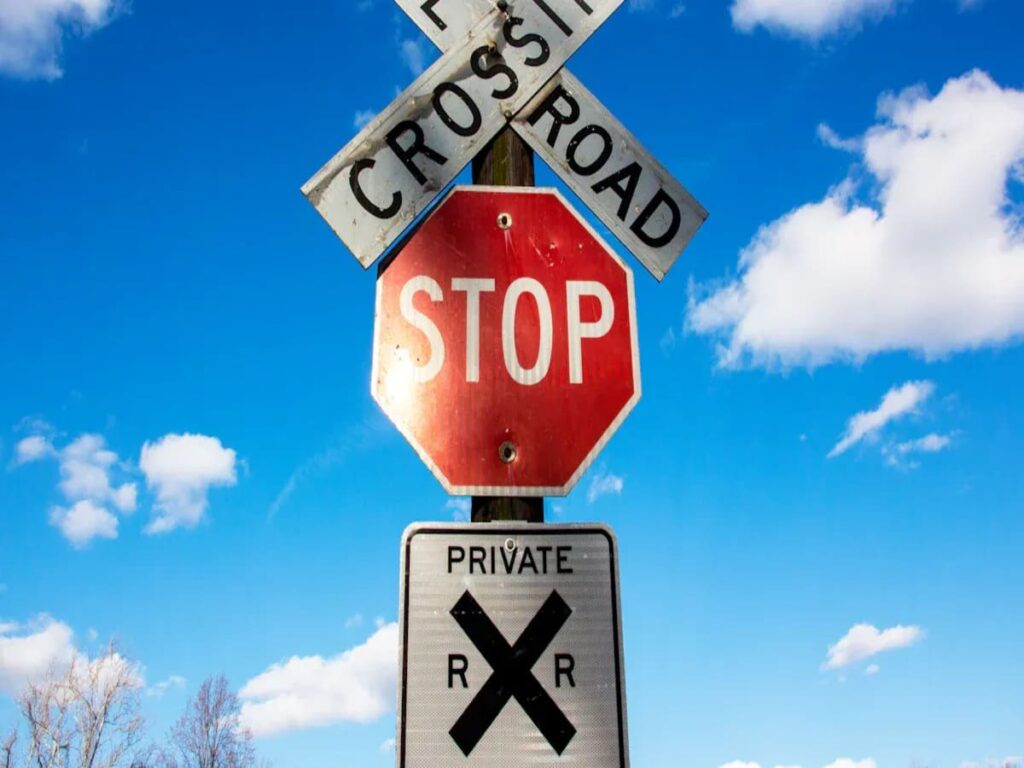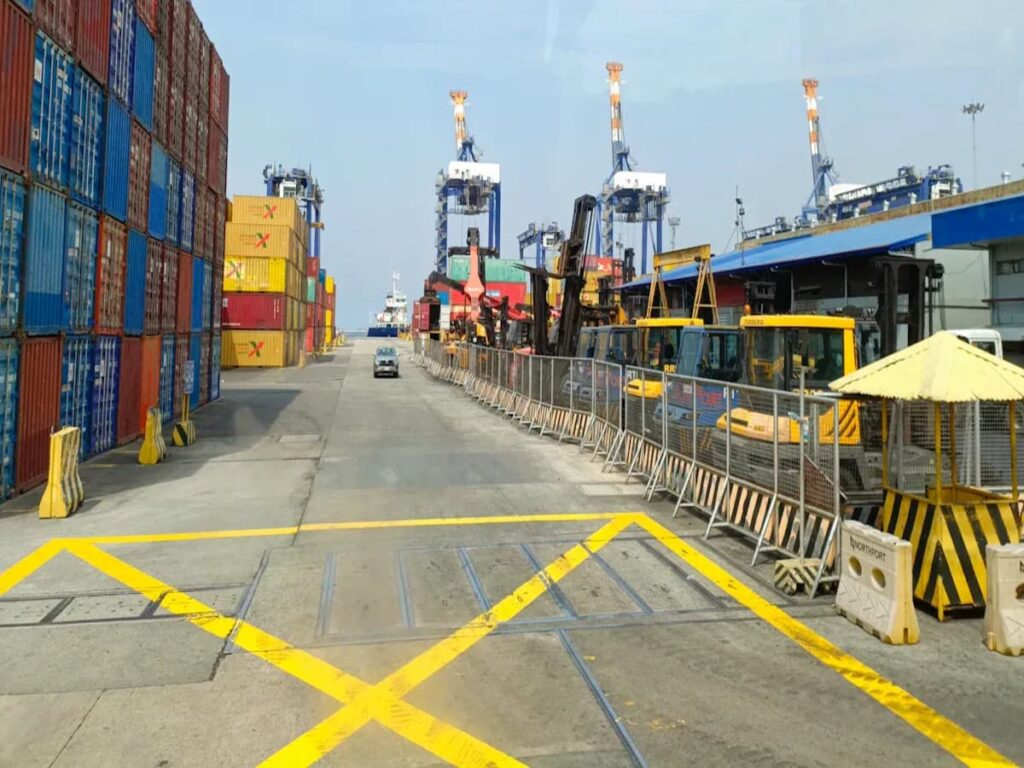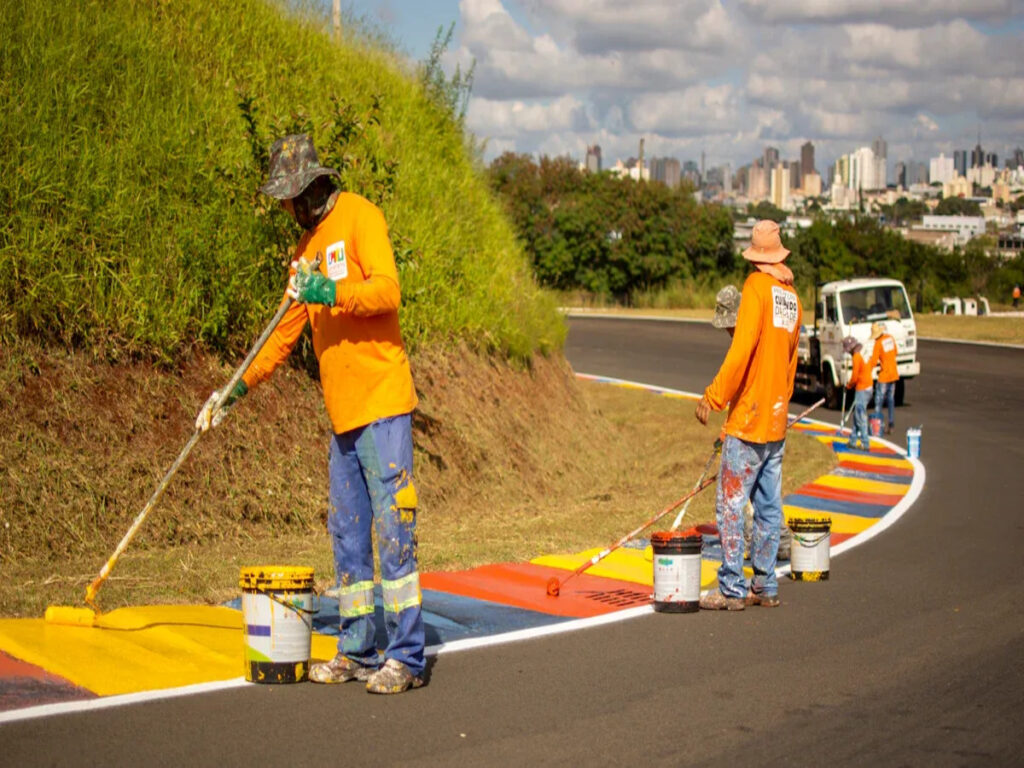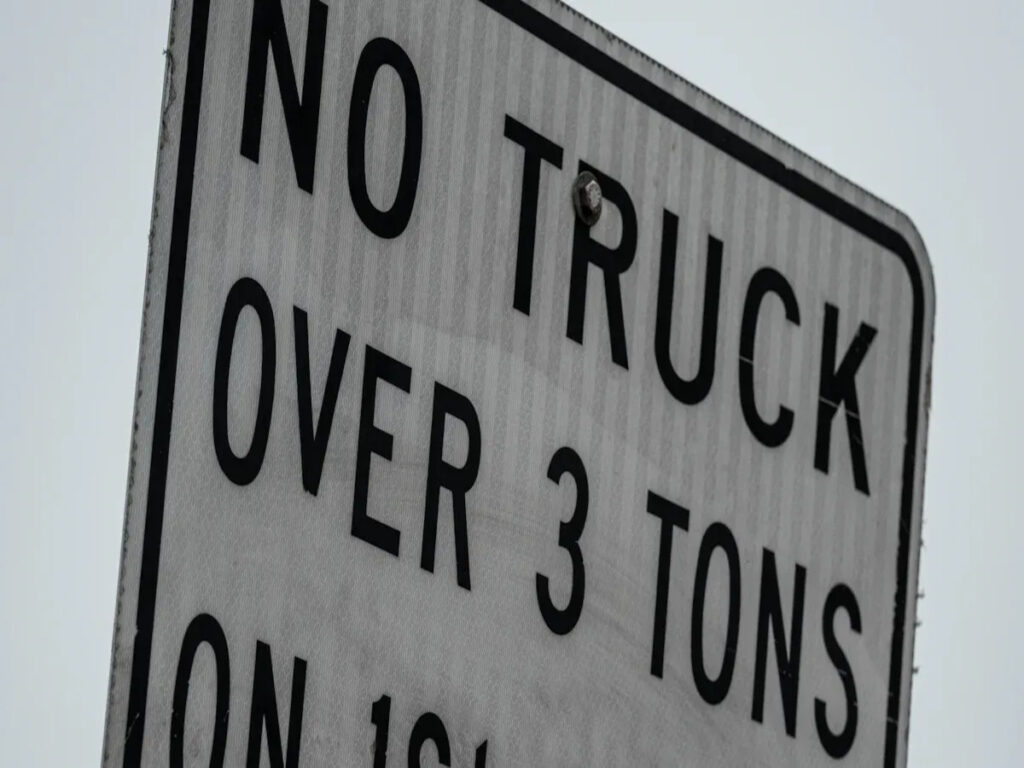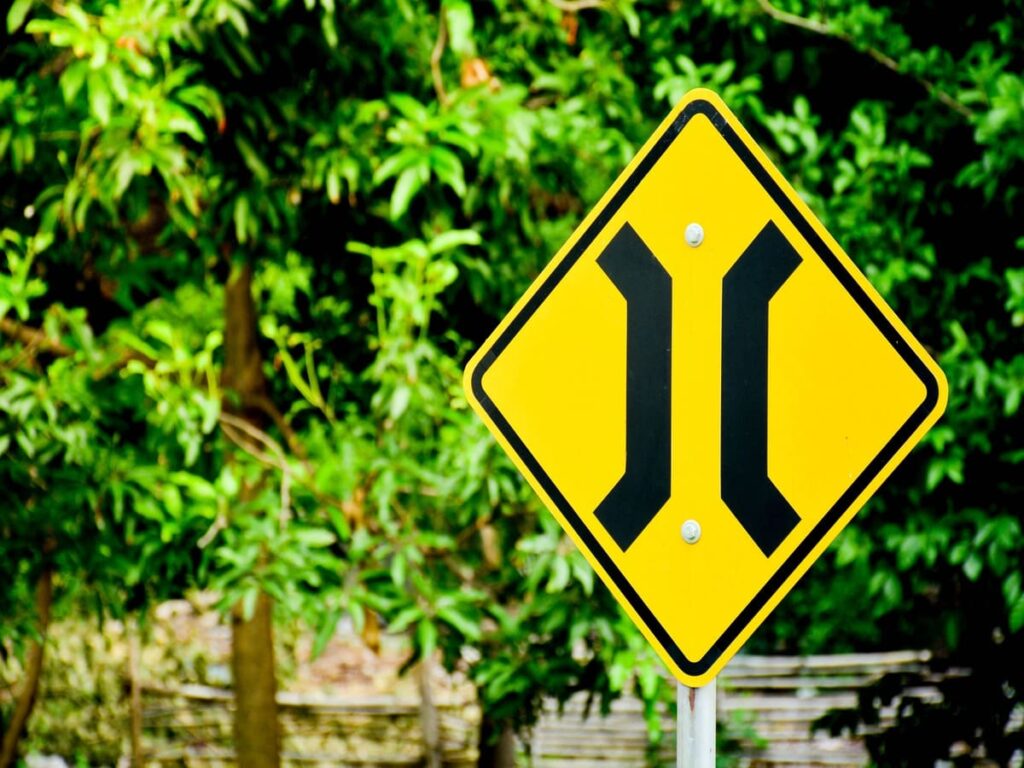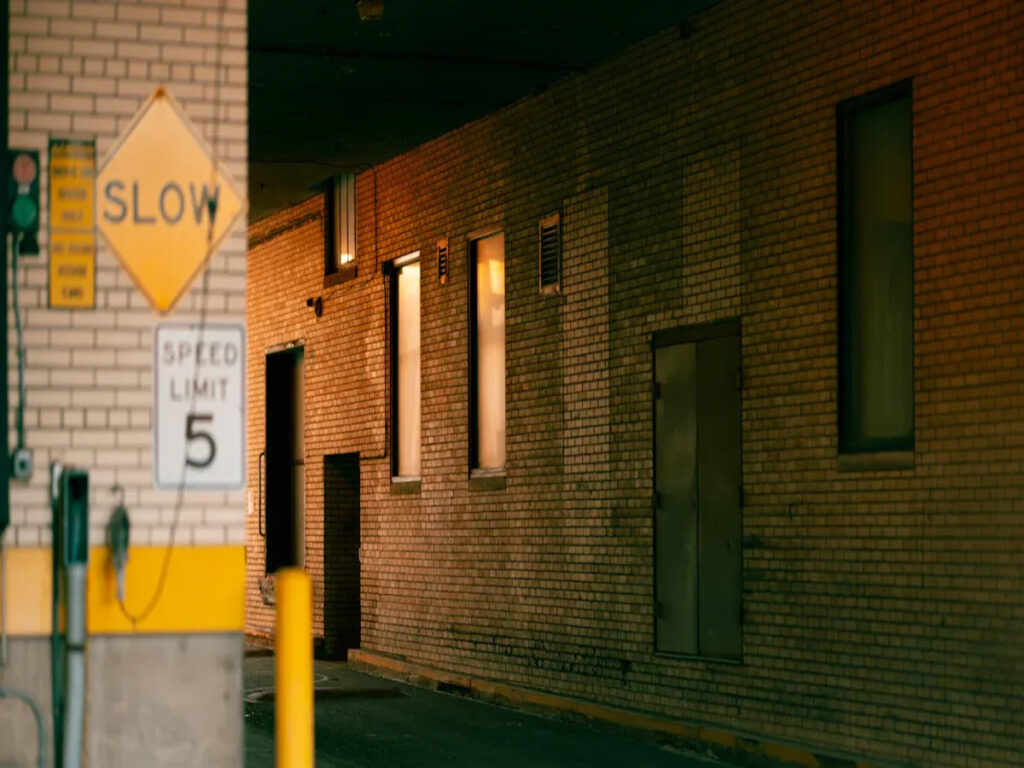
Puoi chiedere, Quanto in profondità dovrebbe essere sepolto un bittalo per garantire la vera protezione? Per la maggior parte dei progetti di installazione di bollard, È necessario impostare il bilancia a una profondità che corrisponda al livello di minaccia e alle condizioni del suolo. Un bollard correttamente installato è forte contro l'impatto e offre sicurezza a lungo termine. Se vuoi soddisfare le misure di sicurezza, Segui sempre le giuste linee guida per la profondità. Comprendere quanto profondo dovrebbe essere seppellito un bittalo impedisce punti deboli e mantenga il tuo bollard sicuro.
OpTraffic fornisce expert installation guidelines to ensure your bollards are set at the proper depth for maximum safety and durability. With a range of high-quality traffic bollards for sale suited for various environments and threats, OPTRAFFIC helps you install and maintain protective barriers that meet safety standards and stand the test of time.
Takeaway chiave
- Install bollards at the right depth based on their use and soil type to ensure strong protection against vehicle impacts.
- Use reinforced concrete and follow manufacturer guidelines to keep bollards stable and effective for years.
- Always check local codes and crash ratings to meet safety and legal requirements during installation.
- Prepare the site carefully, mark utilities, and follow safety steps to protect workers and prevent accidents.
- Regularly inspect and maintain bollards to fix damage early and keep safety barriers reliable over time.
Why Proper Bollard Installation Matters
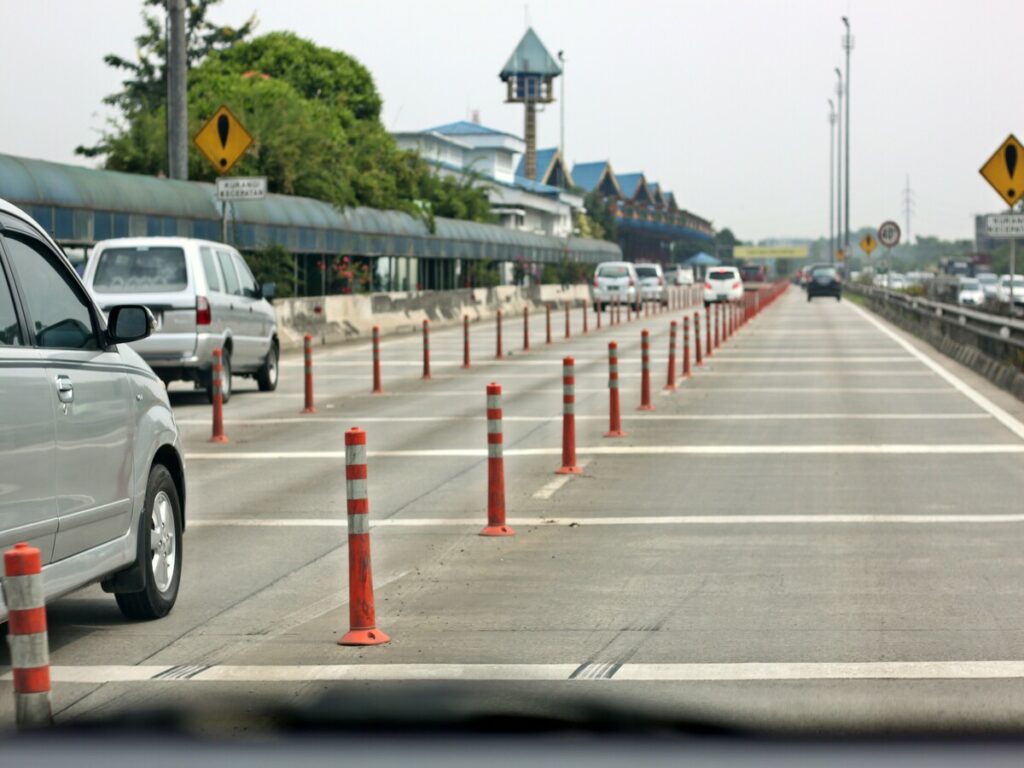
Use Cases for Safety Bollards
You see safety bollards in many places where people and vehicles mix. Negozi, parcheggi, and high-security areas rely on these barriers to protect people and property. In busy cities like New York and London, bollards keep pedestrians safe from vehicle incursions and prevent attacks. Retail stores use bollards to stop smash-and-grab thefts and shield entrances from reckless drivers. Aeroporti, stadi, and government buildings depend on high-security bollards to control access and block unauthorized vehicles. Traffic bollards help guide cars, manage parking lots, and separate bike lanes from busy roads. You also find safety bollards at schools, campi da gioco, and industrial sites, where they protect children and workers from accidents.
Proper bollard installation uses strong materials like steel or concrete. These bollards stand up to impacts and last for years. Crash-rated bollards go through strict tests to make sure they can stop vehicles and prevent serious damage. When you install bollards correctly, you create a safer space for everyone. Many cities and businesses now require vehicular barriers after tragic crashes, showing how important these safety measures are. The cost of installing bollards is much lower than the damage from a single crash, which can reach millions in repairs and legal fees.
Mancia: Installing safety bollards not only protects people but can also lower insurance costs and boost public confidence in your property.
Risks of Incorrect Installation
If you do not install bollards the right way, you face serious safety concerns. Improper installation weakens the bollard and reduces its ability to stop vehicles. This increases the risk of injury, property loss, e persino morti. Per esempio, if you use the wrong depth or skip reinforced concrete, the bollard may fail during a crash. Sopra 36,000 vehicle crashes into commercial properties happen each year in the U.S., causing thousands of injuries and deaths. Many of these incidents could have been prevented with proper bollard installation.
Common risks include overload from unexpected forces, damage from impacts, and poor bedding or torquing of bolts. These mistakes prevent even load transfer and make the bollard less effective. Regular inspection and correct installation help you avoid these problems and keep your vehicular barriers strong. When you follow best practices, you reduce risk and ensure your safety bollards provide reliable protection for years.
Foundation Depth Guidelines
Standard Depth Ranges
When you plan a traffic bollard installation, you must first answer the question: how deep should a bollard be buried? The answer depends on the type of bollard, its purpose, and the expected impact. You want your bollard to stand firm against both accidental bumps and intentional crashes. Use these standard depth ranges as a starting point:
- Light-duty bollards: Set the bollard base at a minimum depth of 18 A 24 pollici. These work well for pedestrian guidance or low-speed traffic control.
- Medium-duty bollards: Install at 24 A 36 pollici di profondità. These bollards protect storefronts and parking lots from moderate vehicle impacts.
- High-security bollards: Bury these at 36 A 72 pollici o più. These are essential for government buildings, aeroporti, and other sensitive sites where you need maximum protection from high-speed vehicle attacks.
If you install shallow foundation bollards, always check the manufacturer’s crash rating. Some shallow foundation bollards use advanced engineering to achieve high impact resistance with less depth. Tuttavia, most standard installations require you to go deeper for true security. Increase the depth of bollard installation by 20-30% in loose or sandy soils to prevent shifting. Concrete encasement and rebar reinforcement add strength, especially for crash-rated devices.
Nota: Proper bollard installation depth ensures your vehicular barriers remain stable and effective for years.
Soil and Climate Factors
Soil type and climate play a big role in how deep should a bollard be buried. Sandy or loose soils do not hold bollards as well as compacted or rocky soils. In questi casi, you must install the bollard deeper—sometimes up to or beyond 48 pollici. This extra depth keeps the bollard from tilting or shifting after a crash. If you work with rocky or dense soils, you may use a shallower foundation, but always meet safety standards.
Climate also affects bollard installation. Nelle regioni fredde, you must bury the bollard base below the frost line. This prevents damage from freeze-thaw cycles, which can crack concrete and loosen the bollard. Always check local frost line maps before you dig. If you use shallow foundation bollards in cold climates, make sure they are certified for those conditions.
A quick reference table for soil and climate adjustments:
| Soil Type | Recommended Depth Adjustment |
|---|---|
| Sandy/Loose | Increase by 20-30% |
| Rocky/Compacted | Standard depth may be sufficient |
| Frost-Prone Area | Extend below frost line |
Mancia: Always consult a geotechnical engineer if you have doubts about soil stability or climate effects.
Crash Ratings and Impact Loads
Crash standards guide you in choosing the right bollard installation depth for your project. The K-rating system, ASTM F2656, and British M-ratings all measure how well bollards stop vehicles of different sizes and speeds. Per esempio, a K12-rated bollard can stop a 15,000-pound truck at 50 mph. ASTM F2656 uses ratings like M30 P1, which means the bollard stops a medium-duty truck at 30 MPH con meno di 3.3 feet of penetration.
Crash-rated bollards require deep, reinforced foundations. You must bury these at least 48 pollici o più, depending on the rating and threat level. Deep anchoring and strong concrete help absorb and redirect crash forces. Some shallow foundation bollards, like those certified to ASTM F2656 M40 P1, use special designs to achieve high crash resistance with as little as 5 inches of depth. Always check the crash rating and follow the manufacturer’s guidelines for bollard installation depth.
Crash-rated devices protect high-value targets and critical infrastructure. You must select the right bollard and foundation depth based on a full threat assessment. Materials like steel and reinforced concrete provide the best impact resistance. Proper spacing and alignment also help your vehicular barriers perform as designed during a crash.
Ricordare: The right foundation depth and crash rating keep your property, persone, and investments safe from vehicle threats.
Bollard Installation Steps
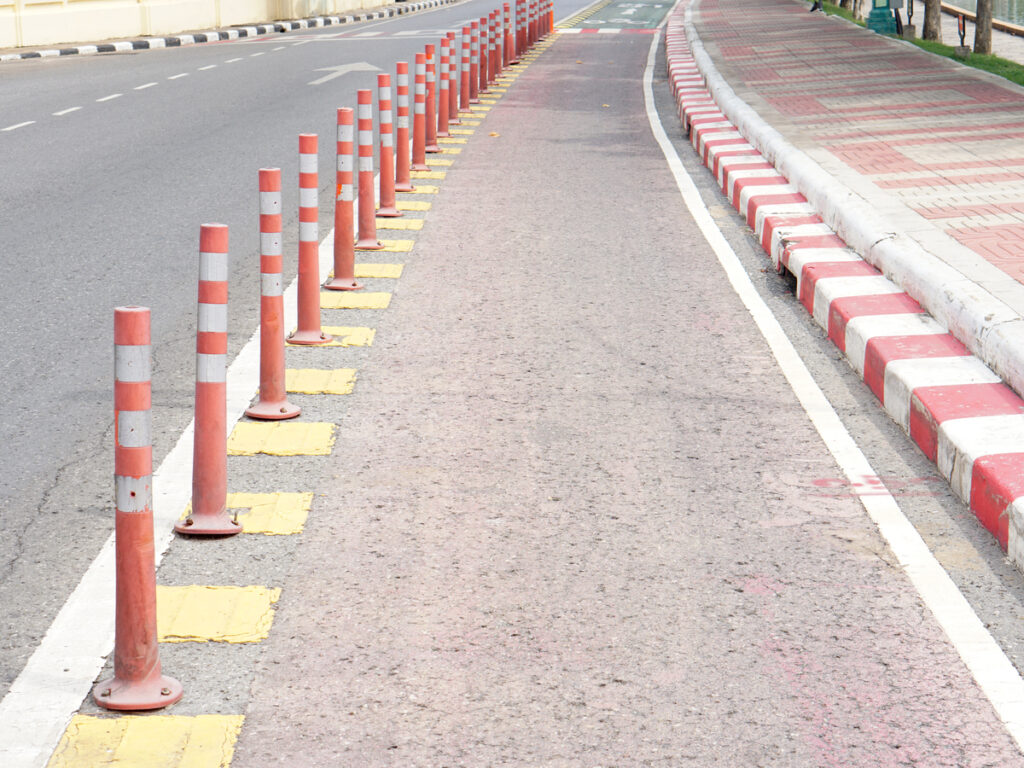
Site Preparation
You start every traffic bollard installation with careful site preparation. Mark the exact points for each bollard using measuring tools. Keep the spacing between bollards no more than 5 feet apart to block vehicles, but at least 3 feet apart for wheelchair access. Use chalk or spray paint to mark these spots clearly. Before you dig, call 811 to have all underground utilities marked. This step prevents dangerous accidents and costly repairs.
Check your site plans and review local codes. Make sure you have all permits and approvals before you begin. Set up barriers and warning signs to keep people away from the work area. Wear high-visibility vests and personal protective equipment at all times. These safety measures protect you and others during the project.
Mancia: Always double-check your measurements and markings before moving to the next step. Accurate bollard placement ensures both safety and compliance.
Excavation and Utilities
Excavation is a critical part of bollard installation. Plan your excavation job carefully. Keep heavy equipment and spoil piles at least 2 feet from the trench edge to prevent collapse. Use a high-powered auger or dig cube-shaped holes wider than the bollard base. The extra width allows for concrete encasement and rebar reinforcement.
Before you dig, identify all underground utilities. Mark them clearly and avoid these areas during excavation. If your trench is deeper than 4 piedi, test for low oxygen or toxic gases. Provide ladders within 25 feet of workers inside trenches. Cover open trenches with plywood or expandable mats to prevent falls. Use protective systems like benching, sloping, or shoring for trenches 5 feet or deeper unless you are working in stable rock.
A competent person should inspect the excavation daily. This person checks for hazards and ensures all safety measures are in place. Never work under suspended loads. These steps keep your team safe and your project on track.
Setting and Reinforcing
After excavation, you prepare the foundation for the bollard. Clean the hole of debris and water. Pour a layer of gravel at the bottom for drainage. Place a rebar cage in the hole to reinforce the concrete and improve impact resistance. Per i proiettili rimovibili, attach a PVC drainage pipe to the ground sleeve to prevent water damage.
Set the ground sleeve or bollard base in the hole. Use a spirit level to make sure it stands perfectly vertical. Temporary braces or supports help keep the bollard straight during the next steps. For high-security installations, embed the bollard deeply into reinforced concrete. Direct embedment provides the best impact resistance, especially in areas with unstable soil or heavy traffic.
Nota: Always follow manufacturer guidelines and local codes for foundation depth and reinforcement. These safety measures ensure your bollard performs as designed.
Concrete and Curing
Now you pour the concrete. Use a high-strength mix. Mix the concrete according to the instructions, using the right amount of water. Avoid adding too much water, as this weakens the foundation.
Fill the hole around the bollard or sleeve with concrete. Smooth the surface and remove any residue from the bollard. For large foundations, consider using pre-mixed concrete delivered by truck for better quality and efficiency. Allow the concrete to cure for at least 24-48 hours before removing supports. Longer curing times, up to several weeks, increase strength and durability, especially in areas with freeze-thaw cycles.
Safety reminder: Do not rush the curing process. Proper curing ensures the bollard foundation can handle impact loads and last for years.
Final Checks
Once the concrete has cured, perform a series of final checks. Use a spirit level to confirm the bollard stands perfectly vertical. Inspect the installation for correct height, spaziatura, e stabilità. Remove all temporary supports or braces. Clean any remaining concrete residue from the bollard surface.
Test the bollard for movement or wobbling. For fixed bollards, make sure they remain immovable. For removable or retractable models, check that they lock in place and operate smoothly. Apply finishing touches, such as painting or sealing, to protect the bollard from weather and corrosion.
Obtain any required inspections or approvals from local authorities. Regularly inspect your bollards for wear, crepe, o parti sciolte. These ongoing safety measures keep your installation secure and effective.
Tavolo: Final Inspection Checklist
| Checkpoint | Action Required |
|---|---|
| Vertical Alignment | Use spirit level, adjust if needed |
| Surface Cleanliness | Remove concrete residue |
| Stabilità | Test for movement or wobbling |
| Altezza & Spaziatura | Verify compliance with standards |
| Finishing Touches | Paint or seal as needed |
| Local Approval | Obtain inspection sign-off |
Seguendo questi passaggi, you ensure your bollard installation meets all safety requirements and stands up to real-world challenges. Attenta pianificazione, precise excavation, strong reinforcement, and thorough final checks create a durable and reliable barrier for any site. When you install a bollard with attention to detail, you protect people, proprietà, and investments for years to come.
Safety Considerations for Install a Bollard
Jobsite Safety
You must prioritize site safety during every bollard installation. Always wear personal protective equipment (PPE) such as hard hats, guanti, and high-visibility vests. Set up barriers and clear signage to keep unauthorized people away from the work zone. Mark all underground utilities before digging to prevent accidents. Use proper lifting techniques and equipment when handling heavy bollards. Keep the jobsite clean and organized to reduce tripping hazards.
- Bollards are designed to withstand specific impact forces based on vehicle speed, peso, and angle.
- A bollard can fail if a vehicle exceeds the rated speed or weight.
- Safety systems, including safety bollards, work best when you follow all safety measures and protocols.
- Industry guidelines like PAS 13, PAS 68, and PAS 170-1 help standardize bollard testing and application.
- Impact ratings from manufacturers show the force a bollard can handle, which supports your safety assessments.
Mancia: Regular safety assessments help you identify risks and improve your safety measures on every project.
Compliance and Codes
You need to follow local and international codes when installing a bollard. These codes ensure your installation meets safety needs and legal requirements. Key standards include ASTM F2656, International Building Code (IBC), International Fire Code (IFC), and ADA accessibility rules. In hurricane zones, the Florida Building Code (FBC) applies. Crash ratings, such as M-rated and K-rated, define how much force a bollard can stop.
- Compliance is verified through crash testing and documentation like mill certificates.
- Local authorities may require approval for fire lane use or other special cases.
- Le regole ADA richiedono almeno 3 feet of space between bollards for accessibility.
- Materials and installation methods must meet code requirements for safety and accessibility.
- Regular safety assessments and inspections help you maintain compliance over time.
Nota: Codes change over time. Always check with local authorities before starting your project.
Manutenzione e ispezione
You must inspect and maintain each bollard to ensure long-term safety. Perform visual inspections every month and complete a thorough check every three to six months. Cerca crepe, ammaccature, ruggine, o hardware sciolto. Clean the surface to remove dirt and graffiti. Repaint or reseal as needed to keep the bollard visible and protected from corrosion.
- Tighten bolts and screws to maintain structural integrity.
- Apply anti-corrosion treatments, especially in harsh weather or coastal areas.
- Schedule professional maintenance at least once a year for in-depth inspections and repairs.
- Replace any damaged bollard right away to keep your safety measures strong.
- For crash-rated bollards, test impact resistance regularly to ensure ongoing compliance.
Callout: A strong maintenance plan protects your investment and keeps your safety bollards effective for years.
You ensure true protection when you install each bollard at the correct depth. A strong foundation keeps the bollard stable and ready to resist impact. Industry data shows that proper installation can prevent up to 90% of accidental crashes and criminal intrusions. You protect people, proprietà, and investments by following safety standards. Regular maintenance and careful checks help your bollard deliver long-lasting safety and performance. Trust the right depth and quality for every bollard you install.
Domande frequenti
How deep should you install a bollard for maximum safety?
You should install a bollard at a depth that matches its use and local soil conditions. Per aree ad alta sicurezza, you may need to bury the bollard 36 A 72 pollici di profondità. Always follow manufacturer and code requirements.
Can you install a bollard in any type of soil?
You can install a bollard in most soil types. Sandy or loose soils require deeper installation for stability. Rocky or compacted soils may allow standard depth. Always check soil conditions before starting your bollard project.
Do you need concrete for every bollard installation?
You need concrete for most in-ground bollard installations. Concrete provides strength and stability. Some removable or decorative bollards may use alternative mounting systems, but concrete foundations work best for impact resistance.
How often should you inspect a bollard after installation?
You should inspect each bollard monthly for signs of damage or movement. Schedule a full inspection every three to six months. Regular checks help you maintain safety and extend the life of your bollard.

